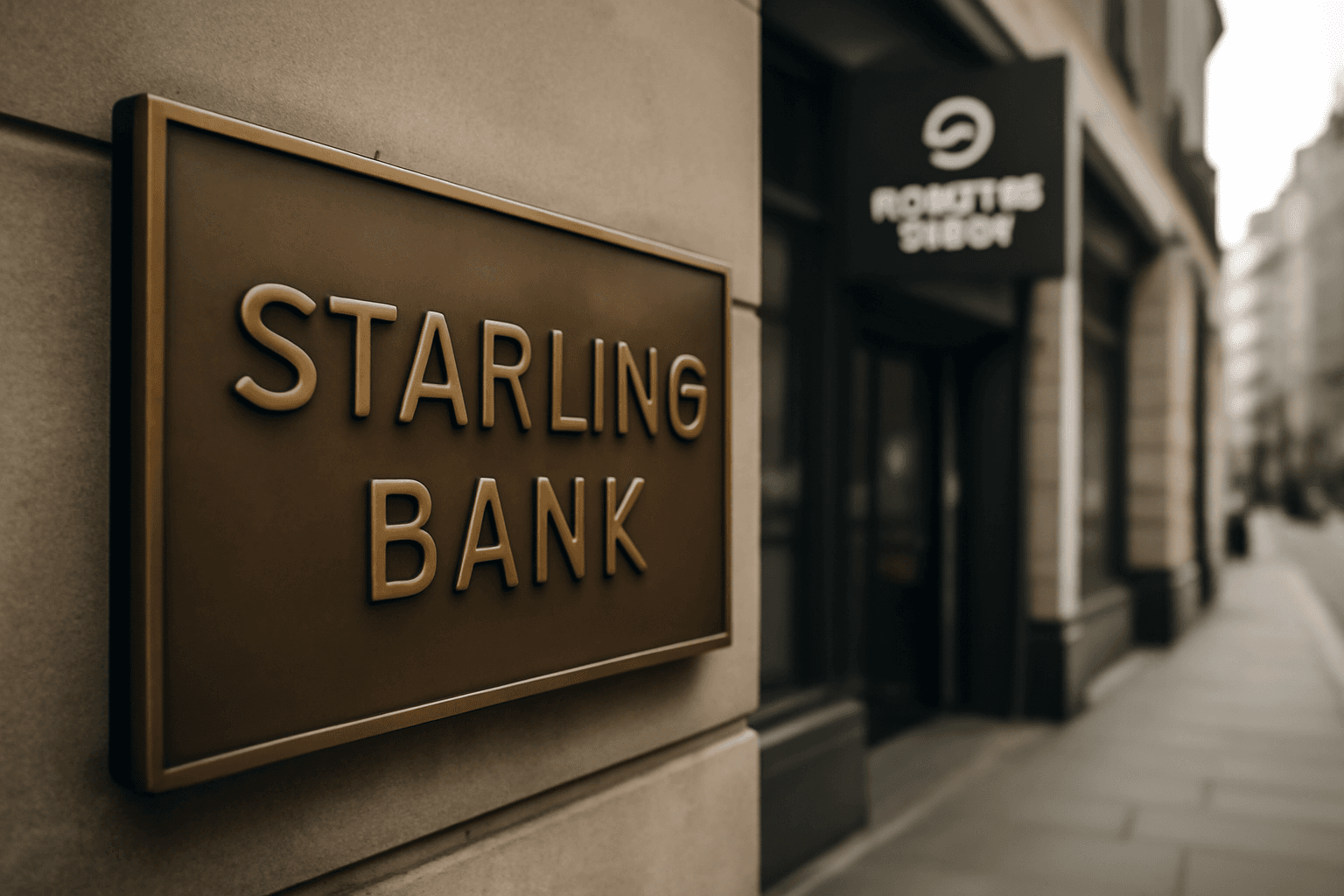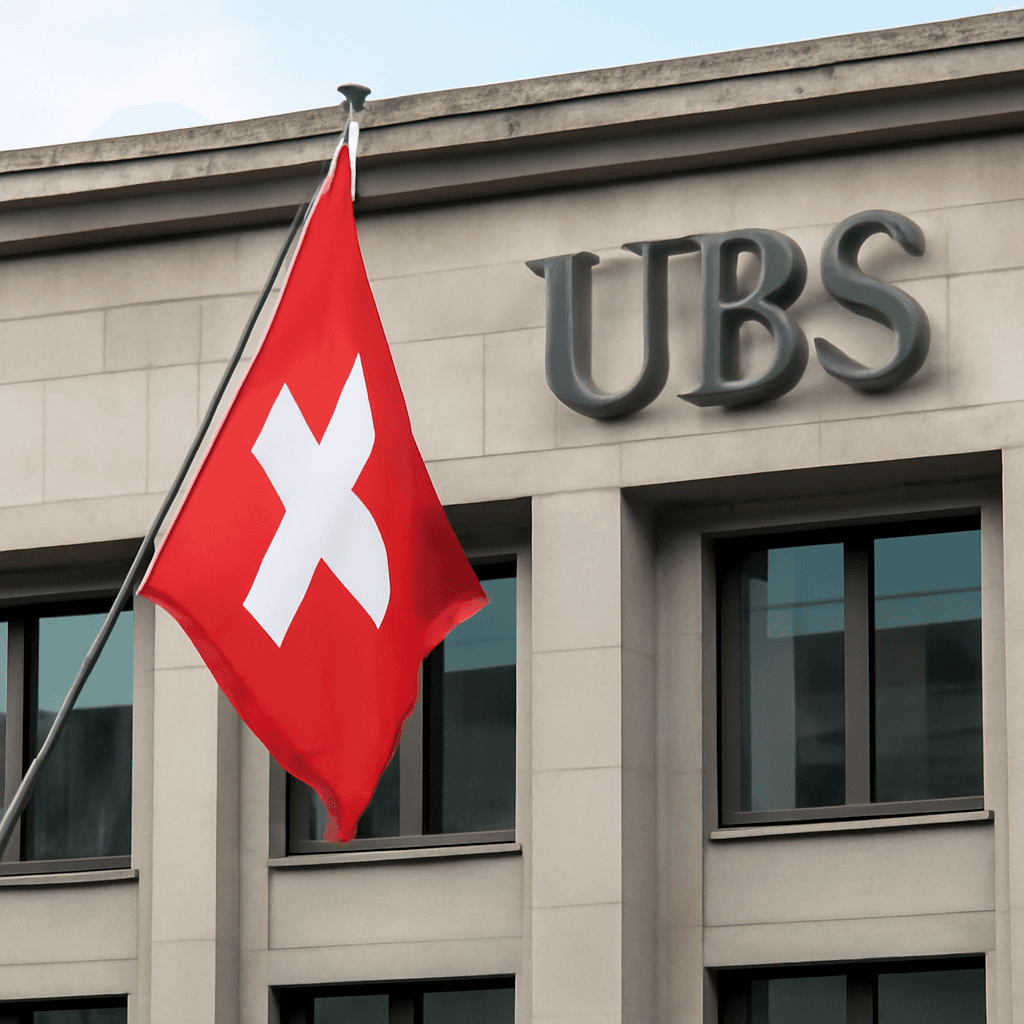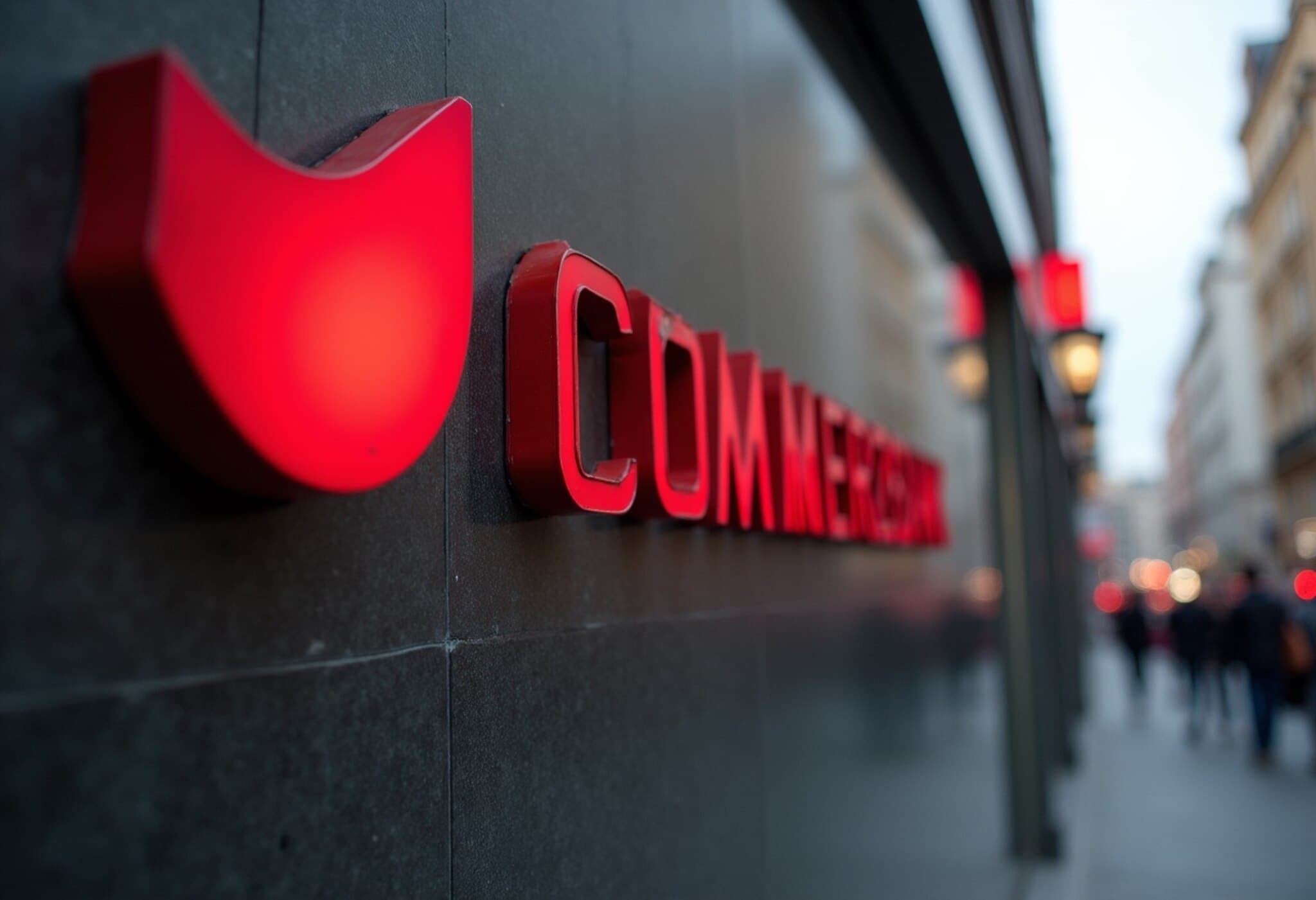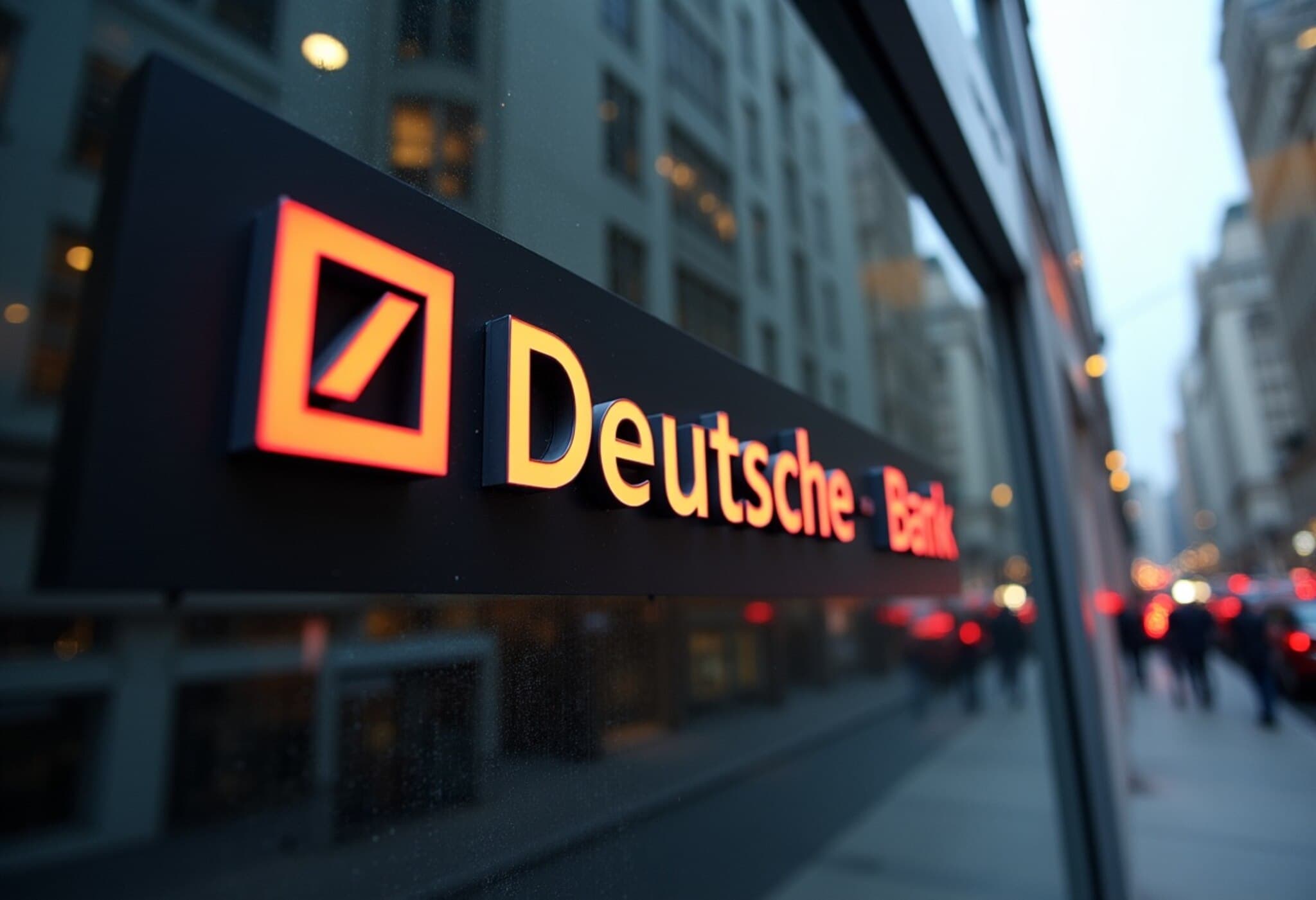European Banks Experience Record-Setting First Half of 2025
European banks have delivered an astonishing performance in the first half of 2025, marking their strongest start to a year since 1997. The Stoxx 600 Banks index surged over 28% in the first six months, outperforming nearly all other sectors—a testament to renewed investor confidence following years of restructuring and shifting monetary policies.
Driving Forces Behind the Surge
This robust upswing is fueled by multiple intertwined factors. Major lenders like Deutsche Bank and Barclays have not only weathered recent market turbulence but also capitalized on booming investment banking revenues. Southern European institutions benefit from a rebounding mergers and acquisitions (M&A) market, particularly in Spain, where the country’s largest bank, Intesa Sanpaolo, reported a substantial increase in deal activity during the latter half of 2024.
Cost-cutting and strategic restructuring have been pivotal as well. Heavyweights including HSBC, Santander, UBS, Societe Generale, and Deutsche Bank have reinvented their operational models by closing less profitable branches and focusing on structured financial products and trading strategies to shore up profitability.
Interest Rates and Profitability: A Delicate Balance
European banks have also reaped rewards from central banks’ tightening of interest rates after a prolonged era of ultra-low and negative yields. The 2022 exit from negative rates in the eurozone significantly expanded lending margins, as noted by Johann Scholtz, senior equity analyst at Morningstar.
“Investors had long questioned whether the profitability gains were sustainable or merely cyclical,” Scholtz explained. “The strong guidance from full-year and Q1 reports shows banks continue to find margin expansion, even as interest rates fluctuate within positive territory.”
Many banks have skillfully managed their balance sheets by extending loan durations and hedging interest rate risks, while their prior investments in capital buffers position them well for potential economic shocks.
Mergers and Acquisitions Fuel Market Optimism
The M&A environment remains fervent, with some banks enjoying share price gains of roughly 80% year-to-date. France’s Societe Generale and Germany’s Commerzbank stand out, with Commerzbank attracting takeover interest from Italy’s UniCredit. However, UniCredit CEO Andrea Orcel recently remarked that Commerzbank’s valuation has grown too steep to pursue an acquisition imminently.
Meanwhile, Santander’s surprise agreement to acquire the UK’s TSB from Sabadell reflects continued consolidation trends aimed at achieving scale comparable to U.S. banking giants. In Spain, regulatory scrutiny seeks to slow mergers like BBVA’s bid for Sabadell by imposing delayed integration conditions.
Italy remains a hotspot for banking cross-mergers, with UniCredit’s offer for Banco BPM facing political resistance. Monte dei Paschi di Siena’s pursuit of Mediobanca also illustrates the complex patchwork of regional banking dynamics, with management signaling that securing a minority stake might suffice for control.
Banking Meets Defense: A Surprising Intersection
While defense stocks have surpassed banks in gains, soaring almost 50% this year against banks’ approximate 38%, European lenders—especially German firms—stand to benefit indirectly from Europe’s massive €800 billion rearmament initiative. The relaxation of Germany’s fiscal constraints and NATO’s push for increased defense spending create a fertile long-term runway for banking services supporting the defense industry’s financing needs.
Looking Ahead: Challenges and Risks in H2 2025
Despite the spectacular half-year run, experts caution that the second half may hold challenges. Johann Scholtz warns that European banks appear “relatively fully valued,” with little clear catalyst to drive further profitability expansion. Rather than a steep upward trajectory, the outlook favors a scenario of continued stability.
Potential threats loom in the form of increasing credit defaults or rising loan loss provisions should economic conditions deteriorate. Investors should remain vigilant about how banks manage their risk exposures amid evolving macroeconomic uncertainties.
Expert Insight: Structural Changes and Future Prospects
From a broader policy perspective, this positive performance reflects profound structural changes within European banking—shifts accentuated by post-pandemic adaptations, evolving regulatory landscapes, and strategic recalibrations intended to return banks to sustainable profitability. However, the question remains whether these gains can be sustained without fresh innovation or new market catalysts, given Europe's slower growth paradigm compared to the United States.
U.S. banking giants continue to dwarf their European counterparts in scale and profitability, a factor prompting ongoing merger strategies but also raising antitrust and political barriers in Europe’s fragmented national markets.
Summary: A Pivotal Moment for European Banking
- Best half-year performance since 1997 driven by investment banking, M&A, and restructuring.
- Interest rate normalization has bolstered profit margins, but rate volatility remains a concern.
- Ongoing M&A activity reflects banks’ ambitions to scale amidst competitive pressures.
- Geopolitical trends like defense spending add new dimensions to banking growth opportunities.
- Market valuation concerns and macroeconomic risks temper expectations for continued upside.
Editor’s Note
European banks’ remarkable rebound paints an optimistic picture of adaptation and resilience after years of structural challenges. Yet, as this sector stands at a crossroads, stakeholders must ask whether the surge is a durable paradigm shift or a cyclical peak. How will regulatory frameworks, geopolitical shifts, and evolving consumer behaviors shape the next chapter? For investors and policymakers alike, vigilance and strategic foresight are crucial in navigating an increasingly complex financial landscape.



















